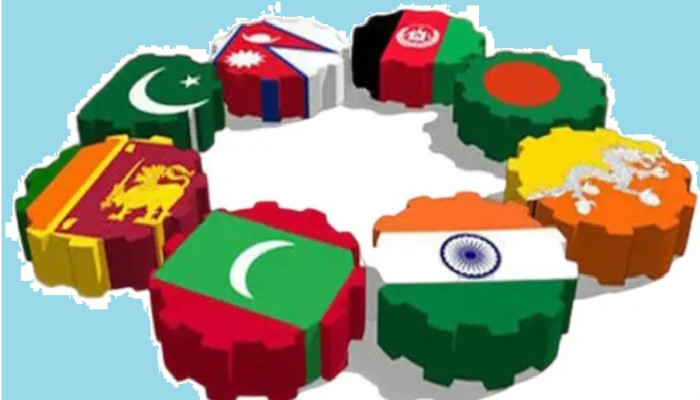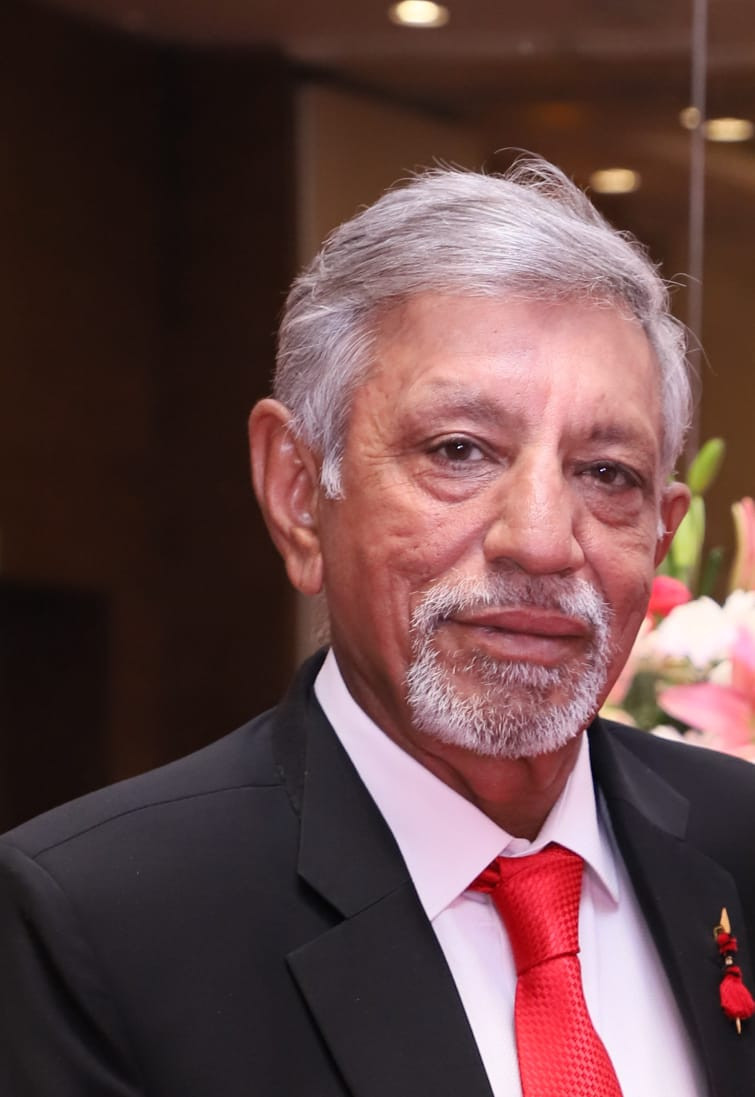Delhi Must Review Terms of South Asia Engagements
- In Foreign Policy
- 08:40 PM, Oct 08, 2024
- Major General Harsha Kakar
In geopolitics, neighbours cannot be chosen and have to be managed. India, had, over the years, attempted to maintain ties with most of its neighbours. Unsettled borders with Pakistan and China ensured that the two fronts would always remain active. With other nations in South Asia, India sought close ties, providing assistance and support when needed.
India’s Neighbourhood First policy, adopted in 2008, was aimed at winning over its neighbours while removing fears of New Delhi being a dominating big brother. The policy gained traction in recent years, especially as the Indian economy grew and the country began playing a major role in global politics. PM Modi invited leaders of all neighbouring countries for his swearing-in in 2014. He also met each of them individually.
Under this policy, India intended to develop friendly and mutually beneficial relations with its neighbours by being an active development partner. It provides soft loans and also is involved in projects in these countries, largely benefitting communities. However, SAARC, a major initiative of South Asia, remains stalled due to the Indo-Pak dispute and Pakistan’s support of terrorism. In recent times, India’s big brother image has emerged as a stumbling block amongst the general population in neighbouring countries.
The aims of adopting a Neighbourhood First policy were multi-fold. Foremost was countering growing Chinese influence in South Asia. This largely failed as all of India’s neighbours are part of China’s BRI (Belt Road Initiative). Secondly, was tackling separatist threats emerging from India’s neighbours. This also suffered a setback in recent years with the emergence of anti-India governments/ weak governments in India’s neighbourhood. The third was securing its maritime borders. The success of this remains debatable as Chinese spy vessels have been welcomed in the Maldives and Hambantota ports of Sri Lanka. Whether they will be granted berthing facilities in Bangladesh in the future is to be seen.
Political leaders in India’s neighbourhood have been playing the anti-India card to win elections, thereby impacting India’s opinion amongst the public. In Maldives, Mohamad Muizzu came to power on an ‘India out’ campaign. In Nepal, KP Sharma Oli, the current PM, plays up territorial disputes to gain public support. In Bangladesh, anti-India sentiment is riding high with the ouster of the Sheikh Hasina government and her present political asylum in New Delhi. With the public destroying statues of their founder, Sheikh Mujibur Rehman, and demanding reinstatement of those of Jinnah, the anti-India atmosphere is bound to rise.
Myanmar is already in turmoil, adding to problems in India’s North East. The latest in the list of pro-China leaders to emerge in the neighbourhood is the Left-leaning politician, Anura Kumara Dissanayake, the President of Sri Lanka. With elections for parliament due in November, how will the government emerge is unknown. India, on its part always conveys that it respects the choice of the people and would engage with whoever is in power. However, countering Chinese influence gets more difficult.
While pro-China leaders in India’s neighbourhood are aware that India is their best and safest bet, it is the public which is in the dark. Nepal cannot survive without trade with India hence Kathmandu has to maintain close ties with New Delhi. All PMs of Nepal are aware that India’s financial support and developmental projects are essential for their future. However, for the public, India remains a dominating nation seeking to impose its will and unwilling to discuss territorial disputes.
In Maldives, the narrative spread while campaigning in the last election was that the presence of Indian military personnel is a threat to their sovereignty. Yet it is India and not China to whom Maldives turns for support to prevent default.
Recently, India subscribed to the Maldives USD 50 Million treasury bill at their request. Their tourism minister mentioned, ‘This strengthens the deep bond between our nations and reinforces our path towards economic stability and growth.’
At the peak of the Sri Lankan financial crisis, India extended a lifeline to the country with assistance of over USD 3.5 billion. Addressing the All-India partners meeting in Columbo in June this year, then President Wickremesinghe mentioned, ‘Having now survived two difficult years, I must acknowledge that this was possible because India gave us a loan of USD 3.5 billion.’ However, the Sri Lankan population continue to look upon India with suspicion, believing it is pushing its agenda in support of specific groups and that its assistance is conditional.
In Bangladesh, India’s unwavering support to the Sheikh Hasina regime as also its hesitation to resolve the Teesta water dispute projects India as domineering. The recent floods in the country were blamed on India releasing water without pre-warning. India has in recent years invested USD 4.5 billion in developmental projects and also provided grants to the country. Many projects are currently underway. The Bangladeshi interim leadership is aware that they cannot ignore India, a country which surrounds them on three sides. However, amongst the population, anti-India sentiments continue to rise.
The comment by Dr Jaishankar post the recent meeting between him and the Bangladeshi foreign minister in New York displayed India’s frustration. His tweet was bland and impersonal, unlike Jaishankar. It just mentioned, ‘Had a meeting with Foreign Affairs Adviser Md. Touhid Hossain of Bangladesh in New York this evening. The conversation focussed on our bilateral ties.’ India appears to be in a wait-and-watch mode. Unless Bangladesh acts to prevent attacks on minorities, India will not step forward.
India has only had success in Nepal in keeping the Chinese debt trap at bay. Its Pokhara airport project was a wake-up call for Nepal. It was a financially unviable project for which it still owes China USD 215 million. There are fears that the airport would go the Hambantota way. All other countries which joined the BRI, owe substantially to China. Thus, Chinese influence continues across the region.
Despite Indian support and assistance, the population of South Asia consider it domineering. This is largely because India has failed to exploit its soft power and also project through strategic media communication the benefits which flow from aligning with India. The Chinese on the other hand play up the completion of projects as if they were grants, whereas in reality, they were BRI loans. It is time for India to send the right message.
P.S: First published in The Statesman
Disclaimer: The opinions expressed within this article are the personal opinions of the author. MyIndMakers is not responsible for the accuracy, completeness, suitability, or validity of any information on this article. All information is provided on an as-is basis. The information, facts or opinions appearing in the article do not reflect the views of MyindMakers and it does not assume any responsibility or liability for the same.







Comments